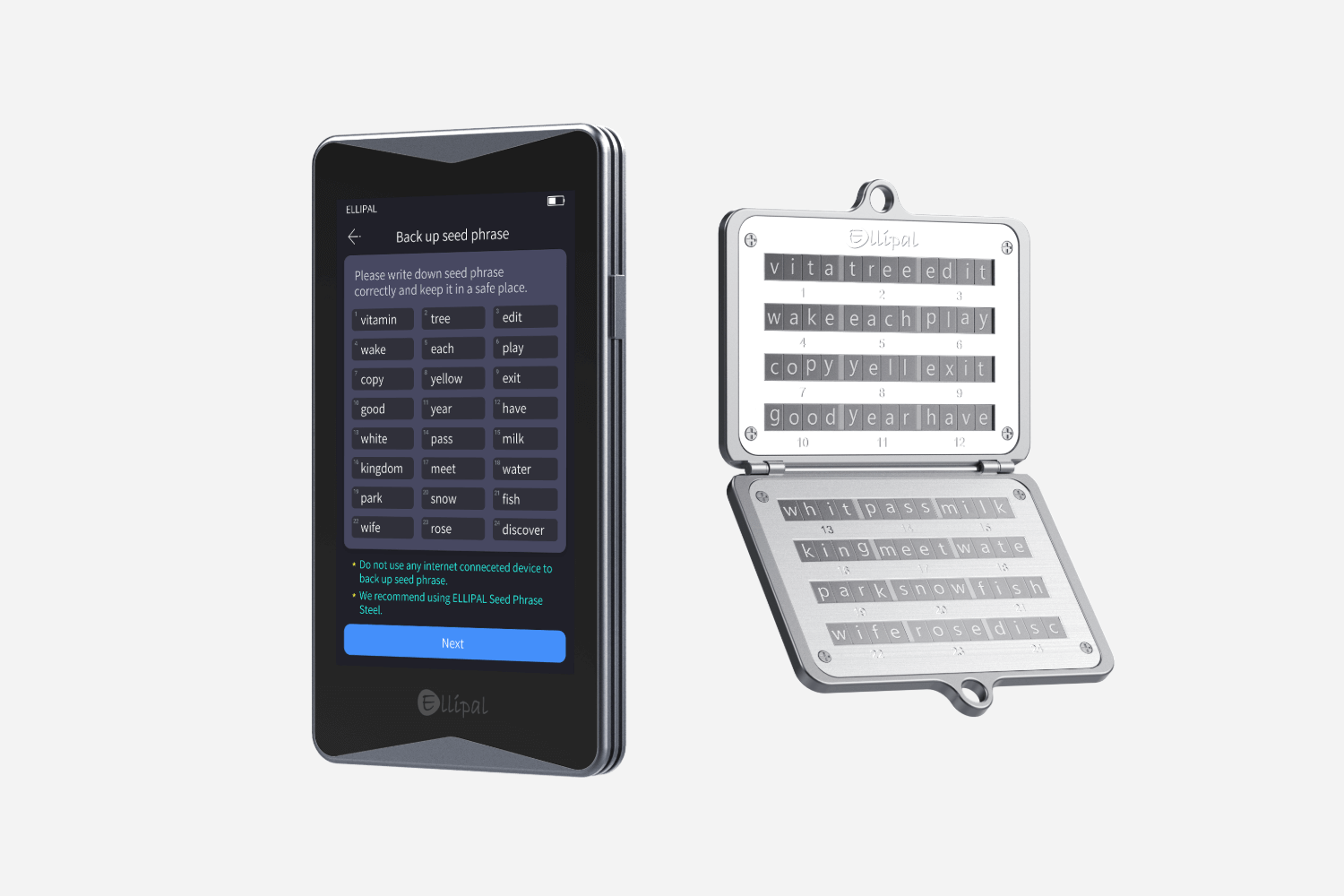The Ultimate Guide to Crypto Cold Storage: Best Practices for Securing Your Digital Assets
الجسم
In the rapidly evolving world of cryptocurrency, securing your digital assets is of utmost importance. One of the most effective methods for safeguarding your cryptocurrencies is through crypto cold storage. This guide will delve into the best practices for implementing cold storage solutions, ensuring your investments remain safe from potential threats.

What is Crypto Cold Storage?
Crypto cold storage refers to the practice of keeping your cryptocurrency offline, away from the internet. This method significantly reduces the risk of hacking and unauthorized access. Unlike hot wallets, which are connected to the internet and more vulnerable to cyber attacks, cold storage solutions provide a secure environment for your digital assets.
Types of Cold Storage Solutions
There are several types of cold storage options available, each with its unique features:
- Hardware Wallets: Devices specifically designed to store cryptocurrencies securely. Popular options include the Ledger Nano X and the Trezor Model T.
- Paper Wallets: A physical printout of your public and private keys. While they are immune to online threats, they can be easily lost or damaged.
- Air-gapped Devices: Computers or devices that have never been connected to the internet. They provide a high level of security but can be cumbersome to use.
Best Practices for Crypto Cold Storage
Implementing crypto cold storage effectively requires careful planning and execution. Here are some best practices to consider:
- Choose the Right Wallet: Select a hardware wallet that meets your needs. Ensure it has a strong reputation and offers robust security features.
- Backup Your Keys: Always create multiple backups of your private keys and store them in different secure locations.
- Keep Your Software Updated: Regularly update the firmware of your hardware wallet to protect against vulnerabilities.
- Use Strong Passwords: Protect your wallet with a strong, unique password to add an extra layer of security.
Why is Cold Storage Essential?
Utilizing crypto cold storage is essential for anyone serious about protecting their digital assets. The decentralized nature of cryptocurrencies makes them attractive to hackers. By keeping your assets offline, you significantly reduce the risk of theft. As noted by cybersecurity experts,
"The best way to secure your cryptocurrency is to keep it offline, away from prying eyes."
Conclusion: Embrace Crypto Cold Storage
In conclusion, adopting crypto cold storage practices is vital for anyone looking to secure their digital assets. By understanding the various types of cold storage solutions and implementing best practices, you can protect your investments from potential threats. Remember, the safety of your cryptocurrencies is in your hands.
For more information on securing your digital assets, check out this informative video on crypto cold storage.
References











تعليقات